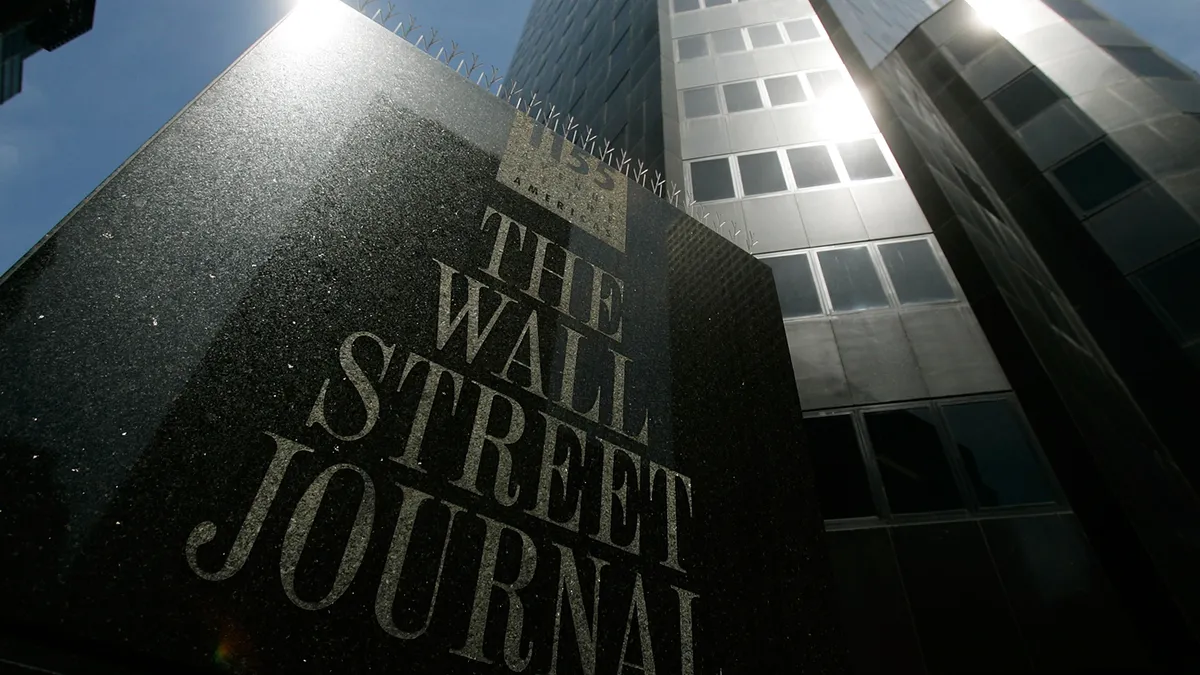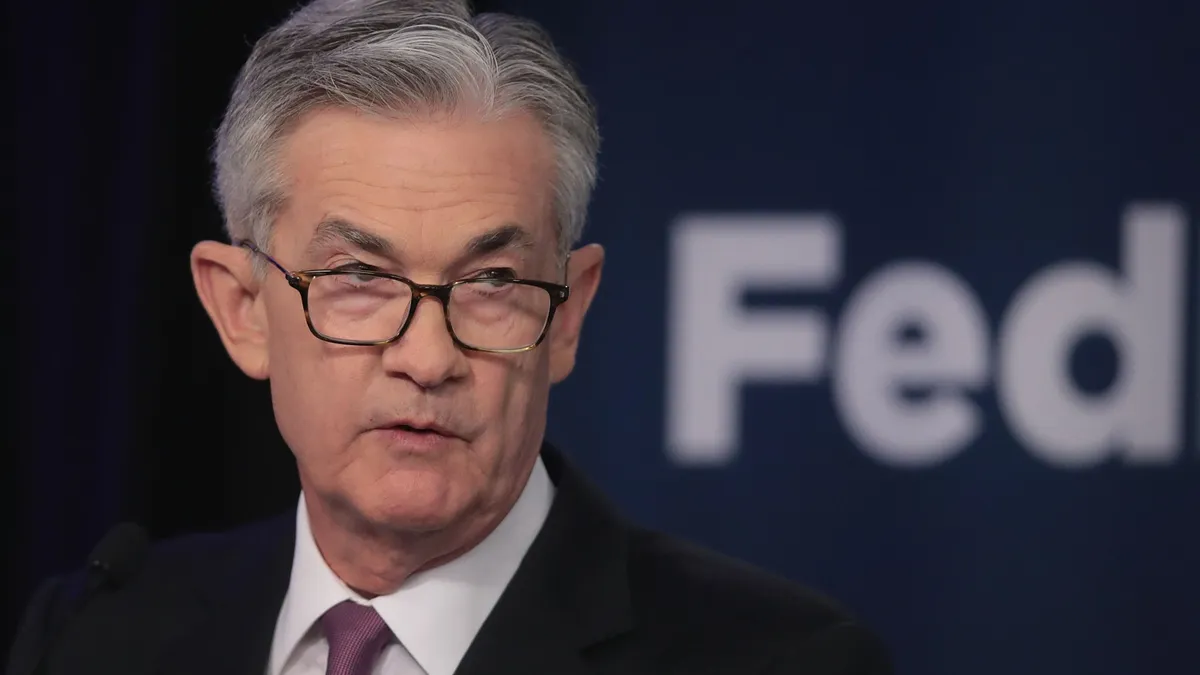Declining interest rates and a continuing spotlight on new technologies like artificial intelligence have lead to a rise in the number of potential venture opportunities related to fintechs, Zachary Wasserman, CFO of Huntington Bancshares said.
The Columbus, Ohio-based bank and its internal venture arm, Huntington Corporate Ventures, is seeing “a pretty notable acceleration of venturing fintech activities, which we see as a good thing,” Wasserman said in an interview following the bank’s Q3 earnings reported Thursday.
“In our opinion, there's many more opportunities to partner here than there is any competitive threat, and so it's a pretty healthy and positive view that many fintech companies are seeing pretty good business prospects,” he said.
Reigniting the fintech spark
While fintechs saw explosive growth over the past decade or so, the COVID-19 pandemic, a choppy macroeconomic environment and changing attitudes regarding risks have seen both funding and initial public offerings for such companies decline over the past few years, according to recent research from McKinsey & Company. In 2022, amid an overall dip in venture funding globally, fintech funding dropped by 40% year-over-year, declining from $92 billion to $55 billion, according to McKinsey.
With interest rates at historic highs, fintechs were reluctant to raise capital, with overall market prospects uncertain — a trend that has started to wane as rates have begun to ease, Wasserman said. The Federal Reserve cut interest rates by a half point in September, with policymakers keeping a careful eye on inflationary headwinds as they mull future potential reductions, CFO Dive previously reported.
There was a “tremendous amount of dry powder on the sidelines in venture funds,” Wasserman said. “Activity was pretty low. I think we've reached the bottom, and we're starting to see kind of a regrowth of funding activity as interest rates have started to come down.”
Despite its funding dip, fintech still represented about 12% of total venture capital funding over a five-year period ending in 2022, McKinsey said — noting annual revenue for fintechs could grow by 15% over the next five years, compared to the 6% jump predicted for traditional banks over that same period.
However, both the growth and focus of fintechs will look different over the next five years than it did in the past half-decade. In addition to a rise in the number of opportunities in the sector, another major trend Huntington has been seeing is that “the focus on fintechs who are providing services to large companies seems to be really, really heating up, as opposed to fintechs that are trying to go build relationships with end customers,” Wasserman said.
For example, the bank is seeing a number of opportunities involving companies “that are building new payment services that the banks can provide, or development capabilities for insurtechs,” he said.
The AI craze has also influenced where today’s fintechs are focusing, with companies looking to apply the technology to everything from back office to customer-facing processes within the financial services space, Wasserman said.
Staying close to rate shifts
Outside of venture opportunities, Huntingon is also keeping a close eye on how changing interest rates will potentially impact their core business as they target continued growth. While the Federal Reserve cut rates in September, it is unlikely they will make a second consecutive half point cut in their next meeting, CFO Dive previously reported. Rather, many are anticipating a quarter percentage point cut, according to data from the FedWatch Tool.
There’s “no substitute for just staying very, very close to it, and being ready to adjust the plans on the dime,” Wasserman said of how interest rates could continue to impact the bank and the wider economy throughout the rest of the year. For example, Huntington reviews “deposits, pricing and strategy weekly,” he said, especially in the face of the dynamic macro environment that has taken shape over the past few years.
That close eye comes as Huntington saw “double the growth rate of lending” in its third quarter compared to its second quarter, Wasserman said. For the quarter ended Sept. 30, average total loans and leases rose by $1.1 billion to hit $124.5 billion, a 1% jump from the previous quarter and a 3% increase year-over-year, according to the company’s earnings release.
The bank is seeing “record levels” of loan production in its regional banking segment, which focuses on banks, small businesses and the tail end of mid-market businesses on a local level, Wasserman said. Huntington has also continued to see strong growth inside its consumer automotive loan segment, he said, despite challenges that are impacting the wider space.
The increase in the quarter’s total loan balance was primarily driven by a 7% or $837 million spike in consumer auto loans, according to its earnings results. Commercial and industrial loans also grew by 6% for the quarter, though Huntington saw a 9% or $1.2 billion decrease in its average commercial real estate loans.



















